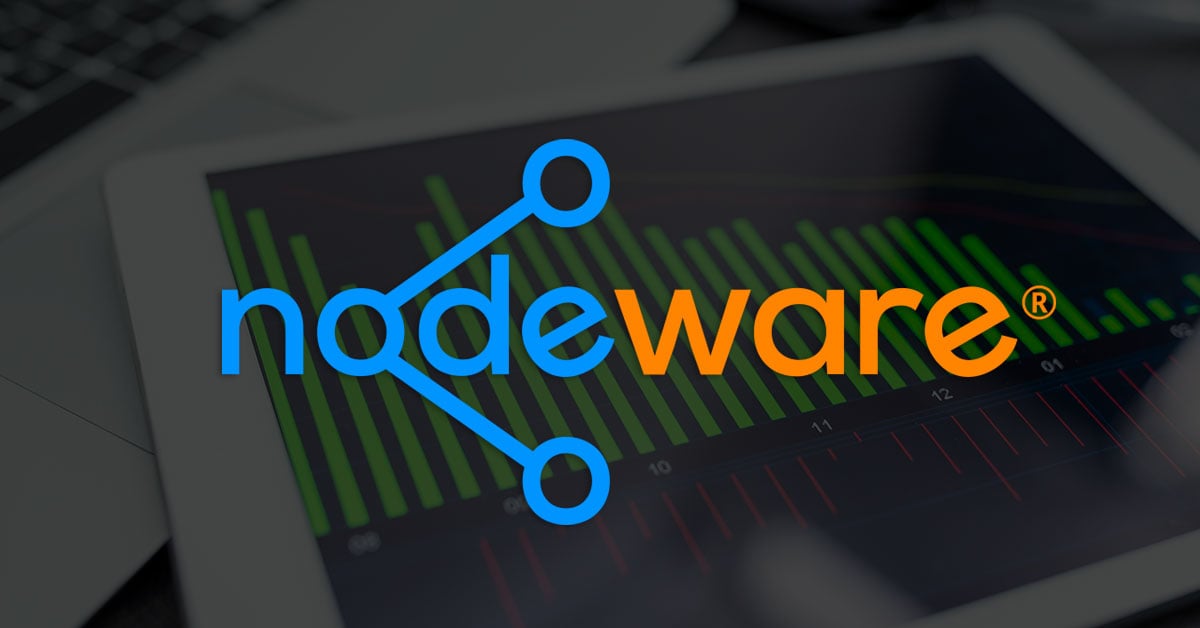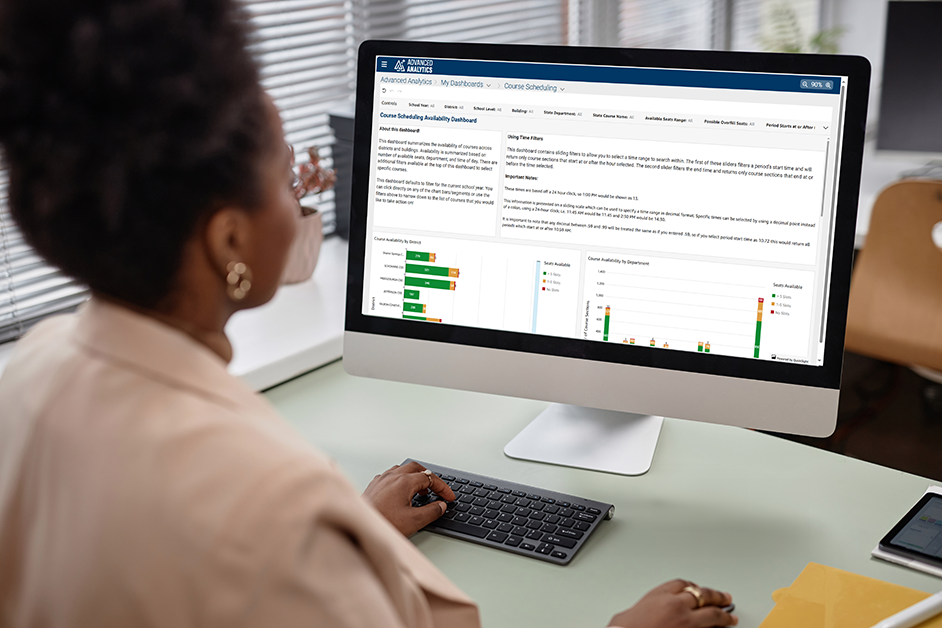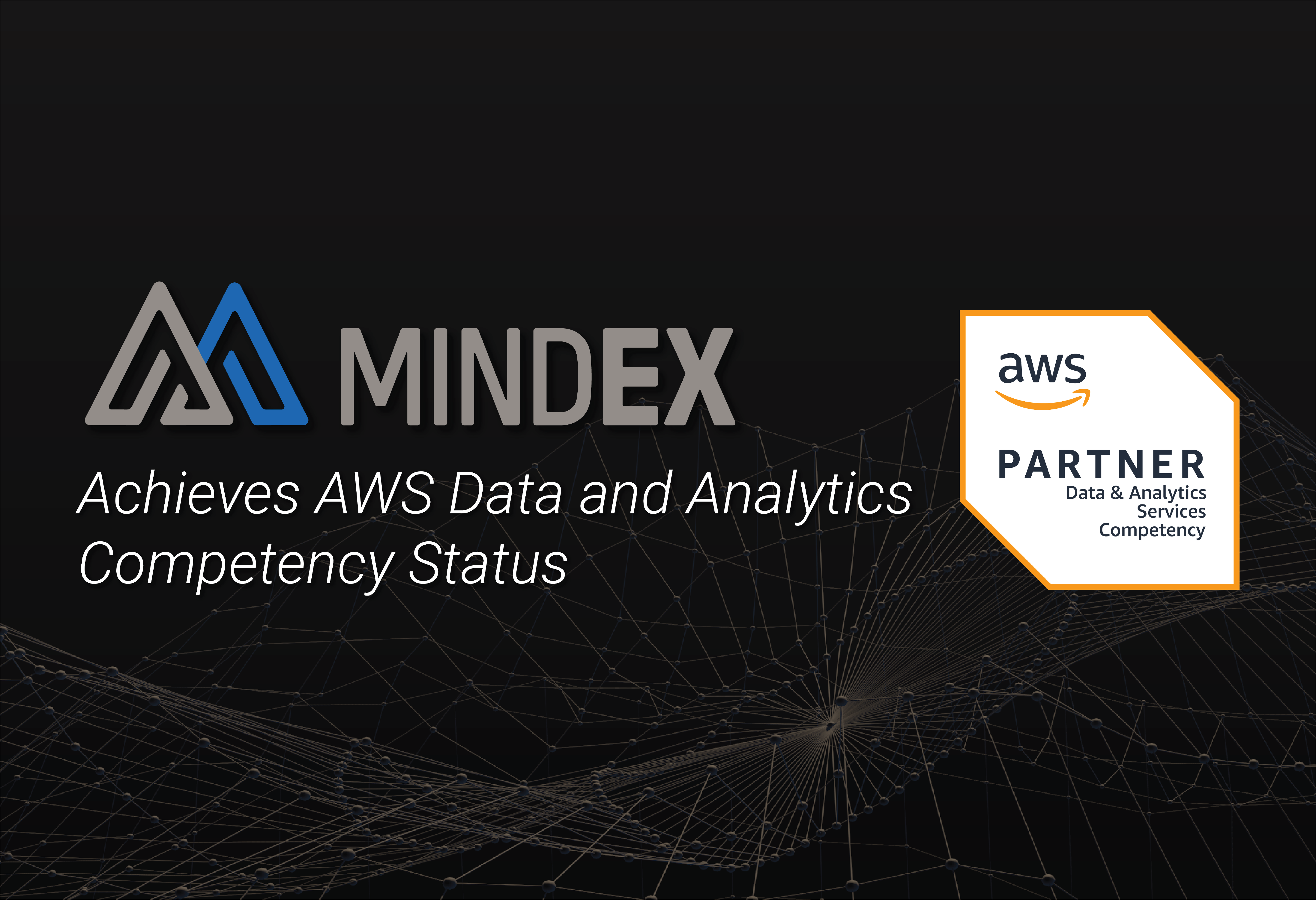Mindex Ranked #80 on the 2025 Greater Rochester Chamber Top 100 List
November 10, 2025 (Rochester, NY) – Mindex is proud to announce that it has been ranked #80 on the 2025 Greater Rochester Chamber Top 100 list,...
Transform your manufacturing data into real-time insight with Amazon QuickSight.
1 min read
![]() Mindex
Oct 6, 2023 2:08:21 PM
Mindex
Oct 6, 2023 2:08:21 PM

Hello, I'm Caleb Kellicutt, a Software Engineer here at Mindex. I had the privilege of working closely with our client's software product, Nodeware®, developed by IGI CyberLabs, an IGI subsidiary. Their software plays a key role in helping companies identify and manage vulnerabilities, while also generating detailed reports for compliance and cybersecurity needs. In this blog post, I'll share our team's journey in scaling Nodeware to meet increasing demand.
Brian Drake, Director of Technology Development at IGI, emphasized the importance of this phase in Nodeware's journey: "As we continue through a period of rapid growth and increased adoption of our product, our focus has shifted from development to scaling our solution. Given our commitment to building on the AWS platform, we needed a partner with an in-depth understanding of our technology. We were fortunate to find that partner locally through Mindex.
This shift in focus and the need for a capable partner laid the foundation for our collaborative efforts, as detailed in this blog post.
For a detailed account of our strategies and the successful outcomes, please read our full customer story.

November 10, 2025 (Rochester, NY) – Mindex is proud to announce that it has been ranked #80 on the 2025 Greater Rochester Chamber Top 100 list,...

We’re proud to share some exciting news: our CEO and Founder, Marc Fiore, has been inducted into the Rochester Business Hall of Fame!

We’re excited to share that our team recently authored a guest article for the AWS Business Intelligence Blog! The piece highlights how NERIC and...

Every week the Rochester Business Journal includes a list of the top companies or institutions in an industry or category based on statistical...

1 min read
When “Good morning ROCstars!” gets posted in the Mindex internal chat, you don’t have to look at who posted it because you know it is the one and...

ROCHESTER, NY – October 30, 2024 – Mindex, a leading provider of enterprise software development and cloud services, announced today that it has...